Meet the 2015 MDes Cohort
All six of our incoming MDes students sat down to answer questions about their backgrounds, their approach to design, and their thoughts on “wicked problems” that need solving.
Manasi Agarwal
Tell me a bit about yourself. Where are you from, what is your background?
I’m from India and I have an undergraduate degree in statistics. After my undergraduate studies were complete, I worked with a non-profit that introduced me to the design process and got me interested in the field. I later went on to pursue an MDes in UK and worked as a design researcher for a year in India.
What is it about the program that appealed to you?
I liked the fact that the MDes program at Stamps has a hands-on, project based learning approach. It is also very open in it’s curriculum, in the sense that we can mold it according to our interests.
What does “design” mean to you?
In my mind, design is a process by which one can identify and solve problems wherein the solutions are always evolving, according to the context.
Could you give an example of a product/ service that you think is good design?
When I was in UK, I stayed on-campus. We had one laundry room which was invariably full when you’d want to do your laundry. Later, I became aware of the website of the laundry company whose machines we were using, Circuit Laundry, where you could actually view the busy versus free machines in real time! I thought that was great as I knew exactly when to go and also when my cycle was complete. It was time saving and convenient.
If you could choose any "wicked problem" to solve, what would it be?
If I could solve any “wicked problem” on planet earth, it would be sanitation. Coming from India, I feel that sanitation is a big issue there. Lot of people don’t have access to toilets which leads to diseases and also safety issues (especially for women). Factors like affordability, ignorance, lack of governance, education etc contribute to it. Not having access to such basic amenities, I think this is an area to look at.
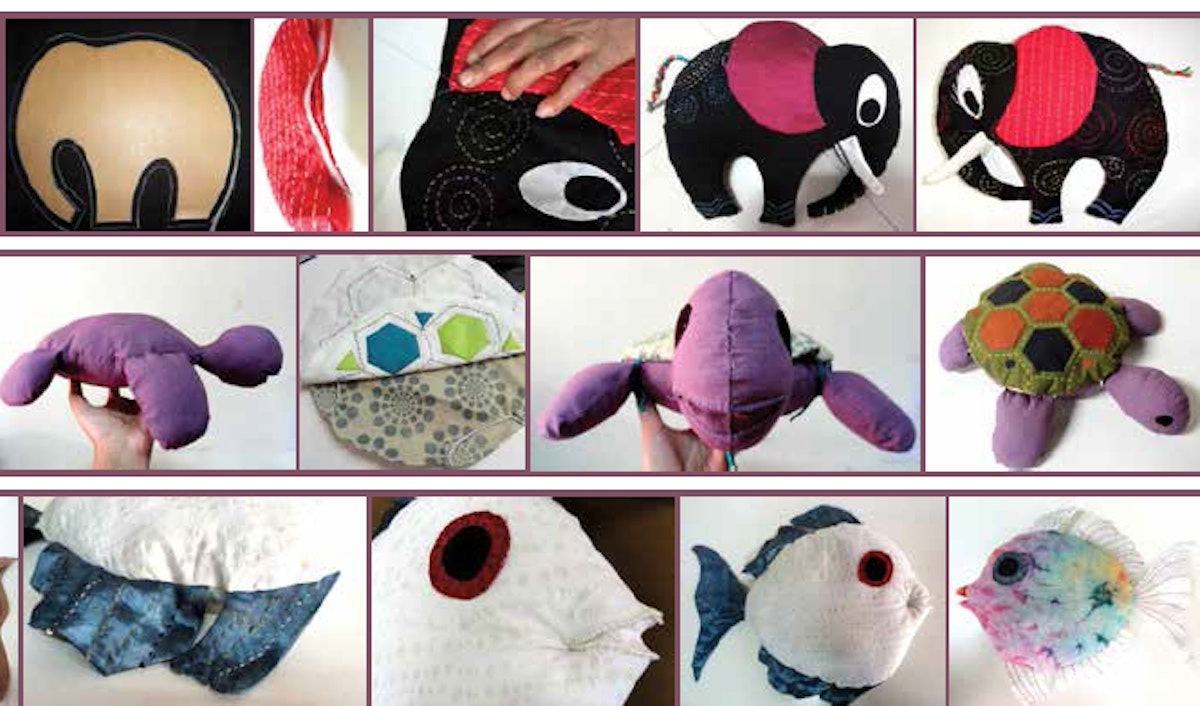
Aditi Bidkar
Tell me a bit about yourself. Where are you from, what is your background?
I have an undergraduate degree in product design. Through my undergraduate and work experiences, I realized I was far more interested in the research and social aspects of design than I was in creating form explorations of a product. For my final 6-month project, I developed a solar food drier in a village in Karnataka, India. To make the drier feasible for sale, I had to work with the village rural development program. After graduation, I went on to work as a design researcher for a social innovation firm for a year, working mainly on medical and social projects before pivoting to a strategy and branding role at a color and trend company.
What is it about the program that appealed to you?
Multiple things! I wanted to explore integration and design from an academic point-of-view. I wanted to connect to people and contribute my expertise to the “wicked problem” of healthcare, especially given U-M’s incredible standing in the medical industry. I really liked the collaborative nature of the program; the combination of research-driven and collaborative work reminded me of a design consultancy firm but in an academic setting.
What does “design” mean to you?
My boss once tagged me as a ‘design evangelist’ and said that I should be promoting and celebrating design. I’m still discovering what she meant by that, but I think it’s a way of life in some way. You start applying it to everything around you. It’s difficult to unlearn things and stop observing. It is a kind of quality that you can impart to things. It’s about a process which is collaborative in nature.
Could you give an example of a product/ service that you think is good design?
I’m going to say IKEA. They follow their brand beliefs in every aspect of business. They are design driven, user-centric, and affordable. The compact nature doesn’t only solve consumers transport issues but also saves them money on distribution and storage.
If you could choose any "wicked problem" to solve, what would it be?
Healthcare. As a designer I can contribute towards areas like education, awareness, promotion, and managing data.

Kuan-Ting Ho
Tell me a bit about yourself. Where are you from, what is your background?
I'm from Taiwan, graduated in 2013, majored in industrial design, and have spent the last two years as an Industrial Designer creating laptops and electronics.
What is it about the program that appealed to you?
This course is project-based and very unconventional. The idea of solving an unresolvable question and the opportunity of getting to work with experts from all different backgrounds really appealed to me.
What does “design” mean to you?
Design means delivering the best possible solution to a problem, or defining an idea or concept that betters life, even if it is an improvement felt by only a single individual.
Could you give an example of a product/service that you think is good design?
A soap container I bought from a Taiwanese start-up is simply brilliant, it gives you a dry/clean/and not mushy soap from the beginning till you used up the entire soap. Simple as that.
If you could choose any "wicked problem" to solve, what would it be?
War-zone sheltering (or a kit for basic survival in war zone) or disaster emergency management for big metropolis.
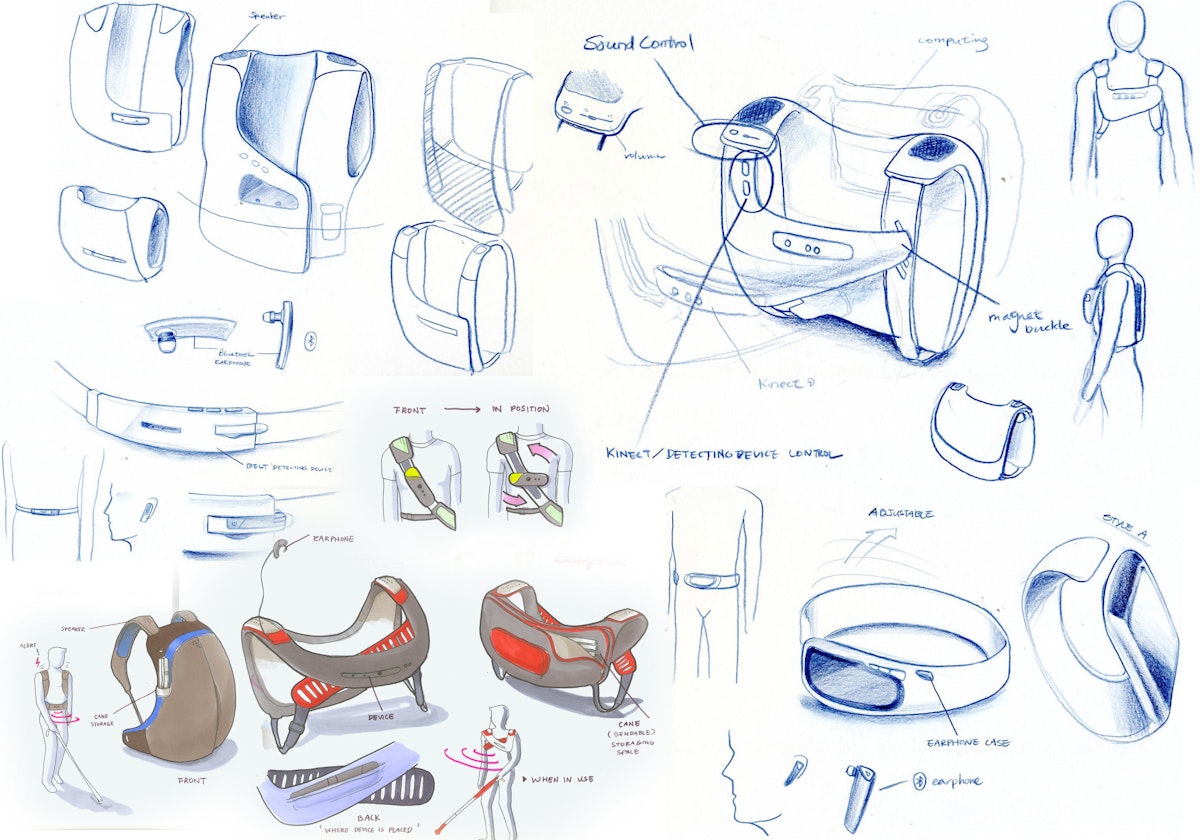
Ji Youn Shin
Tell me a bit about yourself. Where are you from, what is your background?
Ever since I was young, I was fond of drawing. My mom recognized my talent and recommended me to go to art school. The time I spent there was amazing for me as I had a lot of interaction with students from dance and music. I got a chance to work on stage design and environmental design and collaborate with them.
What is it about the program that appealed to you?
There were two things. Firstly, this is a program at an excellent research based university and open to collaboration with other departments. I graduated from art school and wanted to do some research based design. Secondly, I get to work on healthcare related projects. When I was in Korea, I didn’t get a chance to work on such projects or even meet people working in the area.
What does “design” mean to you?
I’m still figuring out what it is.
Could you give an example of a product/service that you think is good design?
In Korea, I came across word cards for children with cancer. Because the children can’t express themselves well, the doctor shows children the word card, wherein each word card explains some symptom, side effects or something related to their health. This helps in them communicating effectively with doctors.
If you could choose any "wicked problem" to solve, what would it be?
Aging problems. I think that it has many sub-categories, like lower birth rate, economic productivity etc.
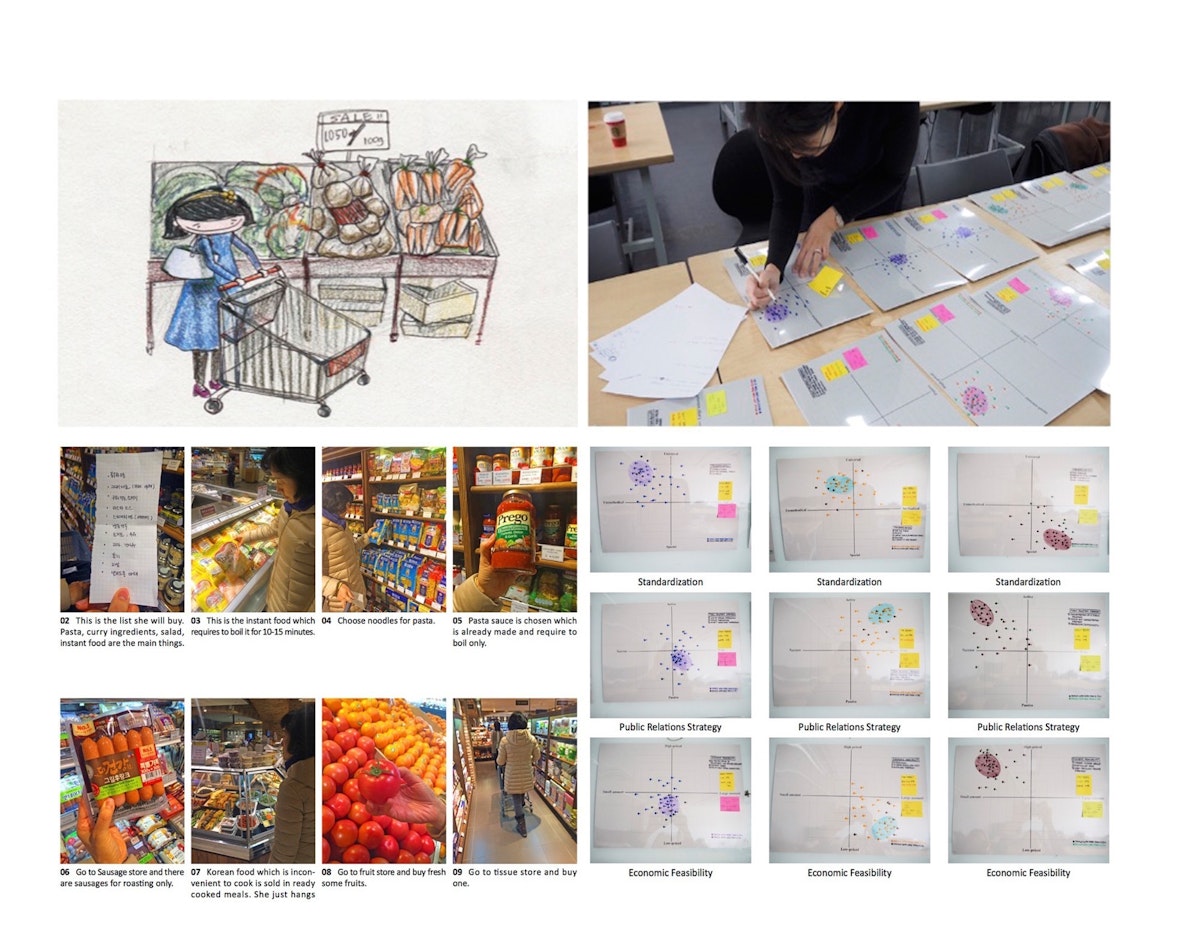
Elizabeth Vander Veen
Tell me a bit about yourself. Where are you from, what is your background?
Growing up in Holland, Michigan, I was surrounded by manufacturing, design, industry, and a great lake. It means that I have grown up in the vicinity of design, which makes me even more excited to be right within it now at Stamps. I am coming from outside a professional design realm, currently being a certified and licensed speech-language pathologist. I completed my undergraduate work at Calvin College in Grand Rapids, Michigan and my graduate studies at Purdue University in Indiana. I am excited to be in a place that integrates design with a cross-disciplinary framework.
What is it about the program that appealed to you?
What drew me here is the opportunity to not just attend a graduate design program, but to contribute to creating the program and practice itself as we live and work through it.
What does “design” mean to you?
Design means so many things, and it is fun to be in a place where abstract and practical discussions around design can happen. In the broadest sense I suppose "Design" is associated with creating something with intent and making things, ideas, or systems that have an unabashed integrity to their own identities.
Could you give an example of a product/service that you think is good design?
The first one I think of right now, that I use most of the time, and that is literally in front of eyeballs all day, everyday, is my contact lenses. I have an astigmatism, which is not an easy problem to solve with disposable contact lenses. I was fitted with one of the first types of contacts for astigmatism, and I am amazed at how far they have come, how clear, comfortable, safe, reasonable, and reliable they are now.
If you could choose any "wicked problem" to solve, what would it be?
Well, I'm not sure if this is a trick question, since Wicked Problems have no solutions. But if I could suddenly make a wicked societal problem cease to be a problem and instead be some great, ordered success, I would choose public education.
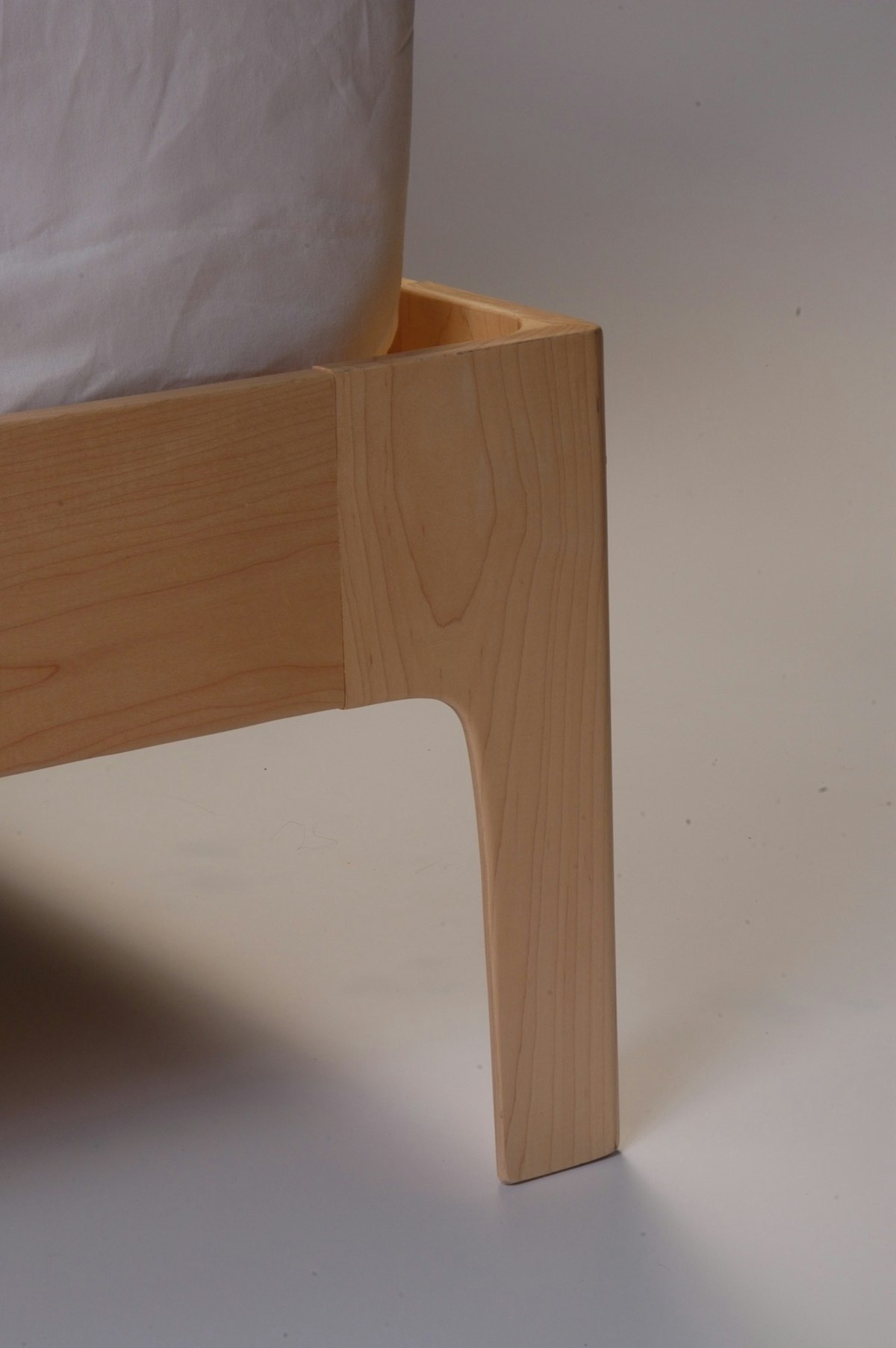
Kai Yu
Tell me a bit about yourself. Where are you from, what is your background?
My undergraduate work revolved around Industrial Design. After graduation, I went to grad school in Hong Kong to focus on Design Management before working as a product designer/design manager/UX designer for 6 years. While working I also pursued part-time masters in Anthropology.
What is it about the program that appealed to you?
When I gave the interview, I got the feeling that this program isn’t about doing ‘homework’ here, but more of a job. We work on real-world projects that will have have real-world social impact. We collaborate with people from a wide variety of backgrounds. This is very different from the traditional design schools.
What does “design” mean to you?
Some people say that a designer’s work is to create new things. But I see things differently. We are not here to manifest things like God; we are just kind of organizing the elements in a good order. This order can make peoples like easier and more efficient.
Could you give an example of a product/service that you think is good design?
It’s hard to say, but I think that IKEA is successful as a system and product. They consider the accessibility for a lot of people. It’s economical, easy to assemble, user-friendly, and customizable. It is considerate of the people’s lifestyle. Compared with luxury interior brands, IKEA’s products and services are very caring and user-centered.
If you could choose any "wicked problem" to solve, what would it be?
I’d like to find a way to let people understand each other and not judge the person’s behavior. I think this is difficult because it’s hard for anybody to understand a stranger holistically. You often tend to judge them from a very limited understanding, which can take a lot of critical things for granted. This is my idea of a very wicked and complicated problem: how can we get into the shoes of others?
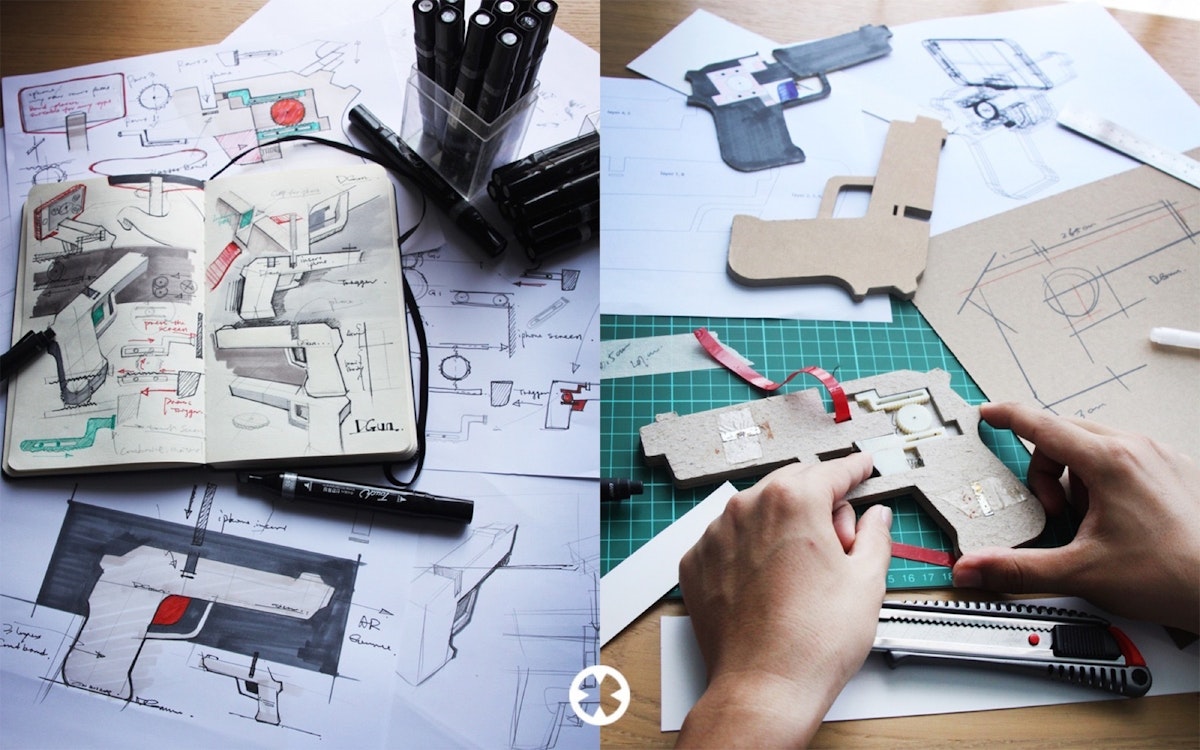
All interviews by MDes candidate Manasi Agarwal.
Learn more about our MDes students: check out their full profiles for images, bios, and more.